In an era dominated by social media, brands are continuously seeking innovative ways to connect with their audiences. Among the noise of celebrity endorsements and big-budget campaigns, a quieter but more effective marketing force has emerged: micro-influencers. These individuals may not have massive followings, but their influence is profound and growing. Let’s explore why micro-influencers have become a vital part of the influencers marketing playbook.
What Sets Micro-Influencers Apart?
Micro-influencers typically have between 1,000 and 100,000 followers on platforms like Instagram, TikTok, or YouTube. What makes them special isn’t the size of their audience—it’s the depth of their connection with it. They often cater to niche communities, whether it’s eco-conscious travelers, gaming enthusiasts, or gourmet foodies.
Their content feels relatable and authentic, offering followers a window into their personal experiences rather than a curated, polished facade. This authenticity makes them trusted advisors in their niches.
The Power of Micro-Influencers
Micro-influencers offer brands a unique mix of benefits that are hard to find in other forms of marketing. Here are the key reasons why they’ve become so impactful:
1. Authenticity Drives Trust
Unlike macro-influencers or celebrities, micro-influencer are often perceived as “real people.” Their followers trust their recommendations because they seem genuine, not overly commercialized. This trust translates into higher conversion rates for brands.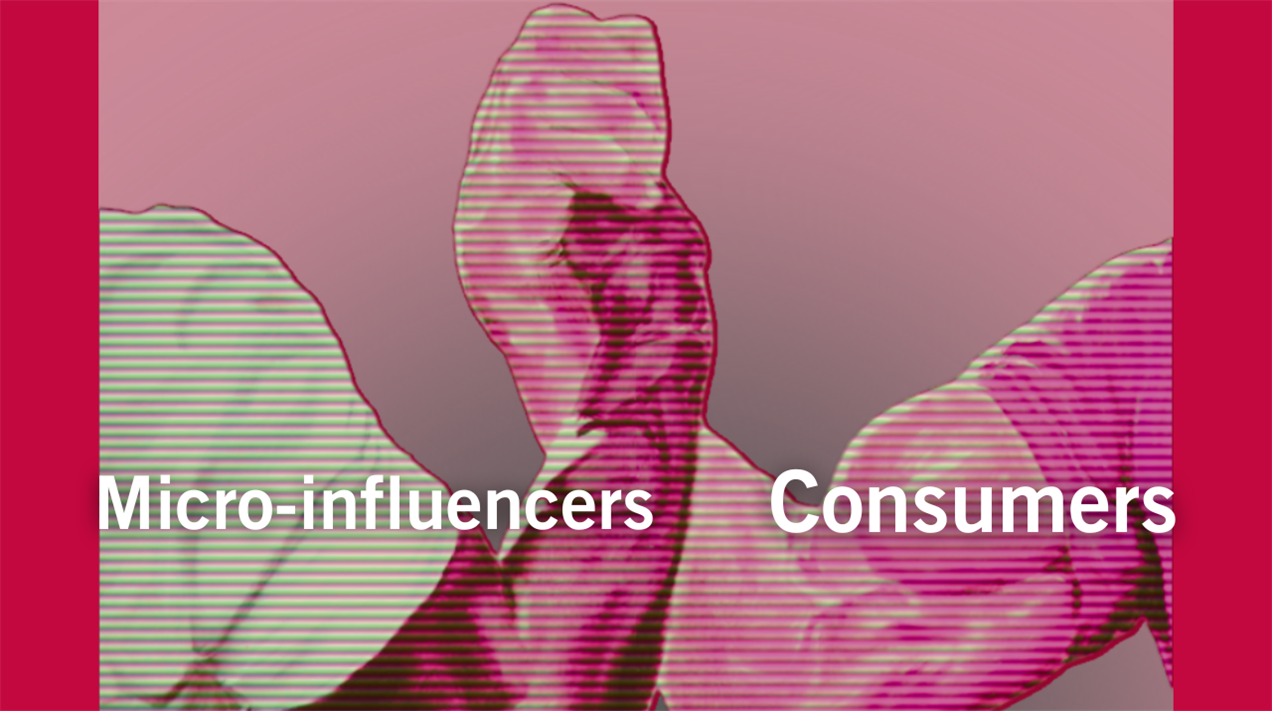
2. Higher Engagement Rates
Research consistently shows that micro-influencers achieve better engagement rates than their larger counterparts. A smaller audience allows for more direct interactions, making followers feel valued and heard.
3. Cost-Efficient Collaborations
Partnering with micro-influencer is far more affordable than working with big-name influencers. Small brands with limited budgets can tap into this resource to reach audiences without overspending.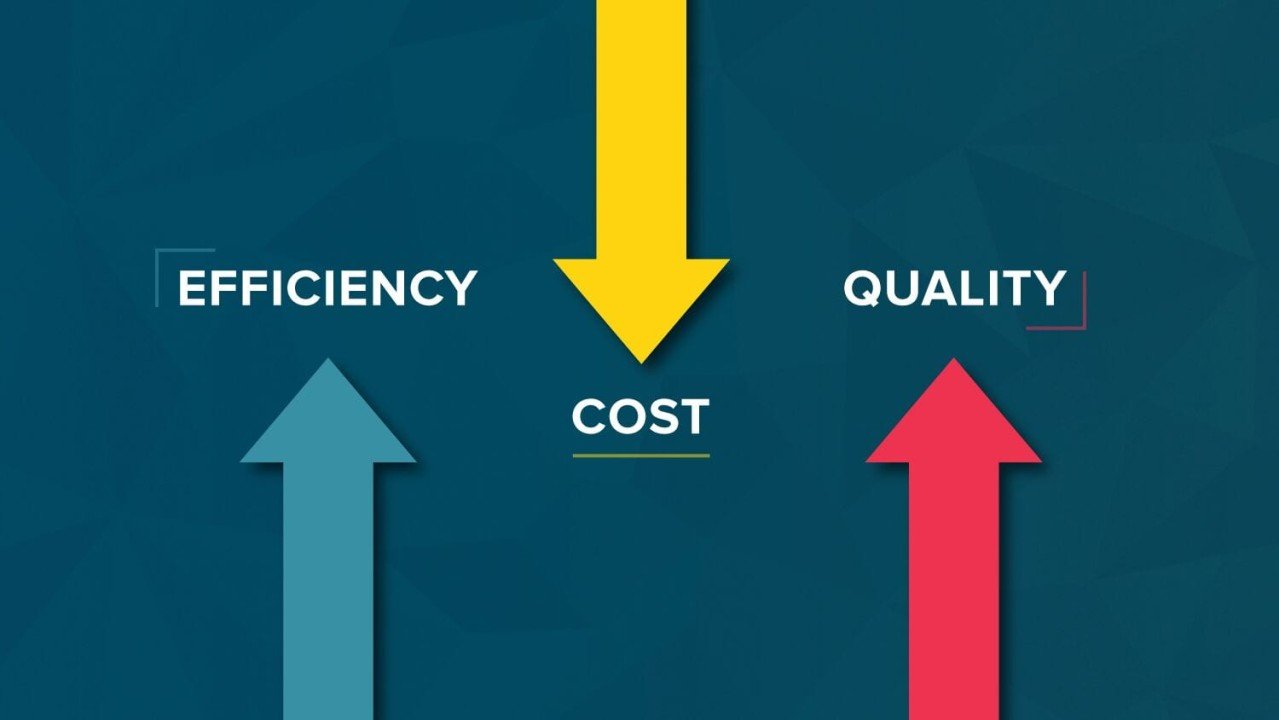
4. Reaching Niche Audiences
Micro-influencers often specialize in specific interests or industries, which helps brands target niche audiences effectively. For example, a sustainable fashion brand could collaborate with influencers who focus on eco-friendly lifestyles, ensuring their message reaches the right demographic.
5. User-Generated Content (UGC)
Collaborations with micro-influencers often yield high-quality, user-generated content. This content can be repurposed by brands across various channels, extending its value far beyond the original campaign.

How to Build a Micro-Influencer Campaign
If you’re a brand considering micro-influencer marketing, here’s a step-by-step guide to get started:
1. Define Your Goals
Are you looking to boost brand awareness, drive sales, or increase social media engagement? Knowing your objectives will help you choose the right influencers and measure success.
2. Find the Right Influencers
Look for seek influencers who share your brand’s beliefs. Use tools like HypeAuditor, AspireIQ, or simply search hashtags relevant to your industry.
3. Focus on Quality Over Quantity
It’s better to work with a few well-aligned micro-influencers than to spread your efforts thin across many. Look at their engagement rates, audience demographics, and content quality.
4. Foster Authentic Partnerships
Allow influencers the freedom to create content that feels authentic to them. Overly scripted campaigns can feel disingenuous and alienate their audience.
5. Track and Measure Results
Monitor metrics like engagement rates, clicks, and conversions. Adapt your approach according to what is most effective.
Real-World Examples of Micro-Influencers in Action
-
HelloFresh
The meal kit delivery service frequently partners with food bloggers and home cooks to showcase their products. By leveraging micro-influencers in the culinary niche, they’ve reached millions of potential customers through authentic reviews and recipes.
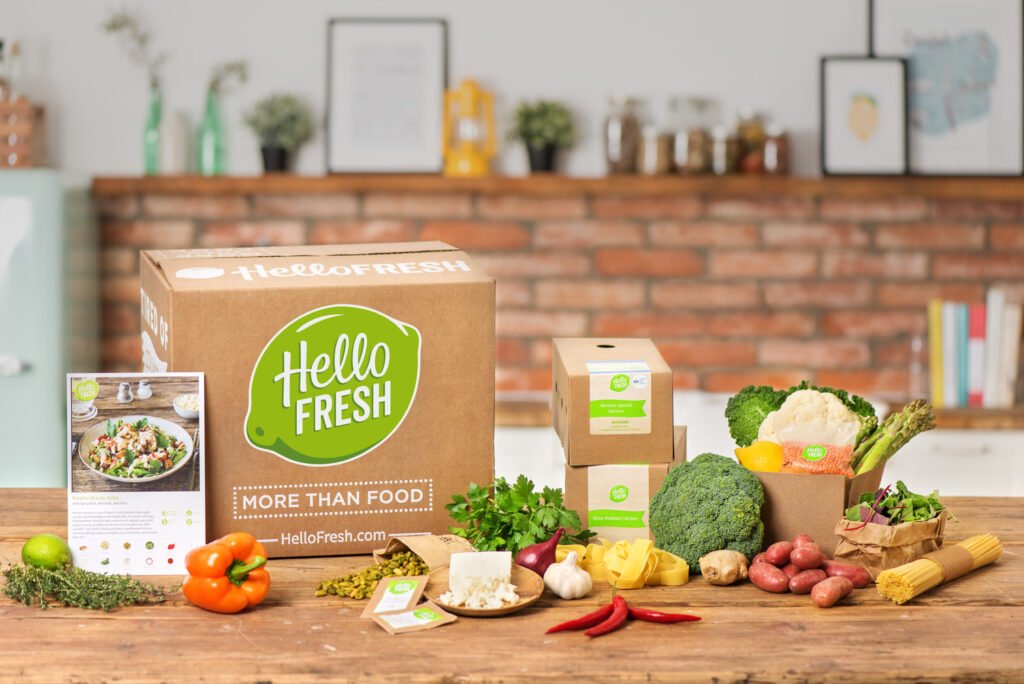
-
Fitbit
Fitness enthusiasts with small but dedicated followings have helped promote Fitbit’s wearable by sharing personal fitness journeys and insights.
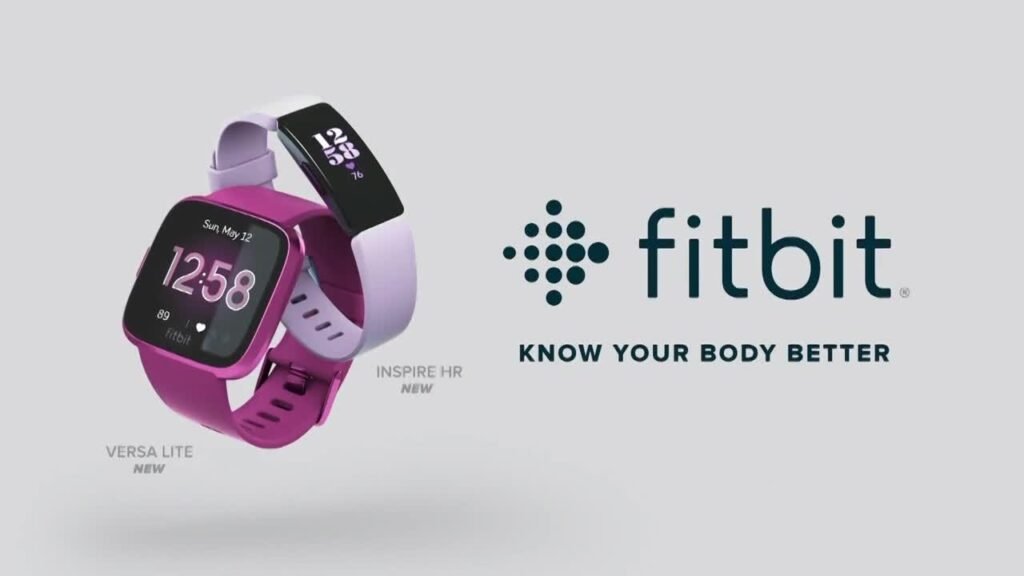
-
The Ordinary
This skincare brand has achieved massive success by collaborating with micro-influencers in the beauty community. Their honest reviews and product demonstrations resonate deeply with consumers.
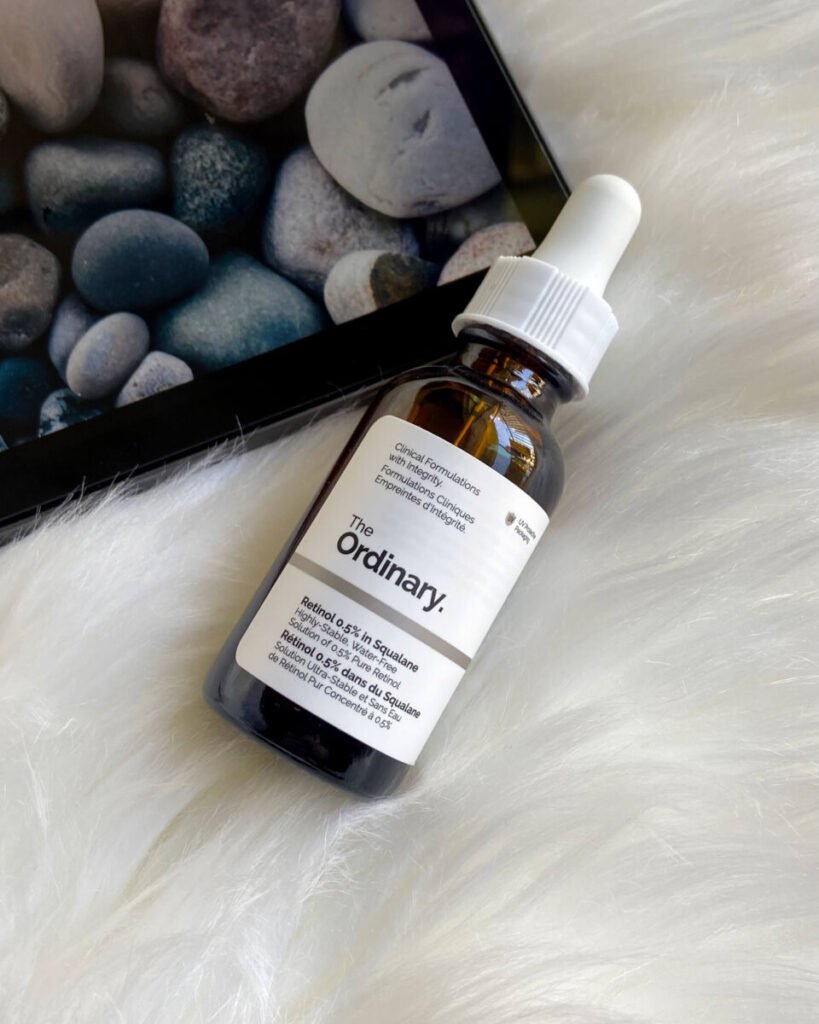
The Future of Micro-Influencers
As digital marketing evolves, micro-influencers are expected to play an even bigger role. With the increasing importance of authenticity, brands are moving away from flashy, large-scale campaigns and embracing the genuine connections that smaller influencers offer.
Emerging platforms like TikTok and BeReal are further amplifying the reach of micro-influencers, making it easier for them to engage with their audiences in creative ways.
Conclusion
Micro-influencers have proven that influence isn’t about numbers; it’s about trust, relatability, and connection. For brands, they represent an opportunity to engage with audiences in a meaningful and cost-effective way.
If you’re a business looking to build authentic relationships with your customers, micro-influencers may be your perfect partners. In the end, it’s not about how loud your voice is—it’s about how well you’re heard.

